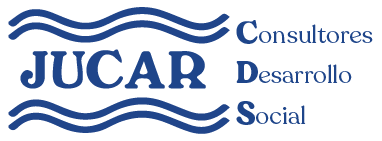The discipline of advantage and risk management aims to examine all potential risks that can impact a project’s result. It includes all aspects of a great enterprise’s internal control environment, which includes business hazards and thirdparty risk. An intensive evaluation of the area can help you companies avoid costly problems and fulfill compliance, legal, reputational and financial goals.
Some hazards can’t be avoided, so it is important to come with an efficient https://expertalmanagement.de/2021/09/01/top-horrible-features-to-avoid-when-buying-a-laptop-for-play-or-work way of excuse those hazards. A well-established process pertaining to evaluating risks is crucial to keeping projects on course and staying away from unnecessary cutbacks.
Identifying risks can be accomplished through several methods, such as SWOT analysis or perhaps root cause examination. It’s also important to have a system for assessing how probably an adverse celebration is to appear (frequency) and how negative it could be whether it does happen (severity). This helps prioritize a project’s risk mitigation efforts.
Every list of potential risks is established, you’ll ought to decide how to respond. Avoidance is a good option, yet it’s not definitely possible because of financial or operational limits. Transferring a risk is an alternate that can work efficiently in some situations. This might require taking out an insurance policy or freelancing parts of a project. The new installer will be expecting the risk, so the first project will not be straight affected if the risk truly does materialize.
Distributing risks entails dividing the assets in to different types based on how much risk that they pose. Low-risk assets, just like ALL OF US Treasury securities, are supported by the federal government therefore carry hardly any risk. As opposed, growth stocks and options are a high-risk investment, because their prices rise or fall with market circumstances.
